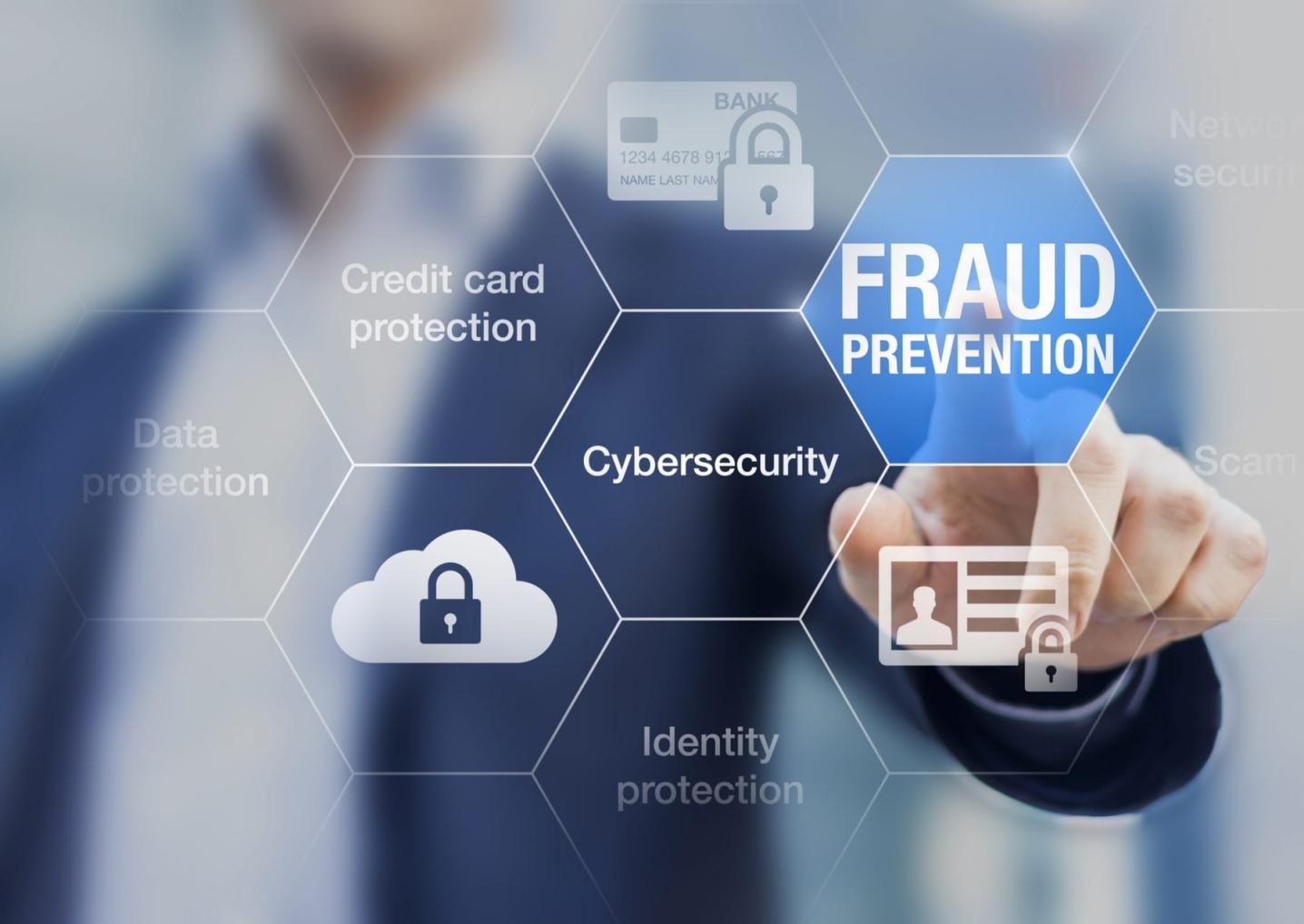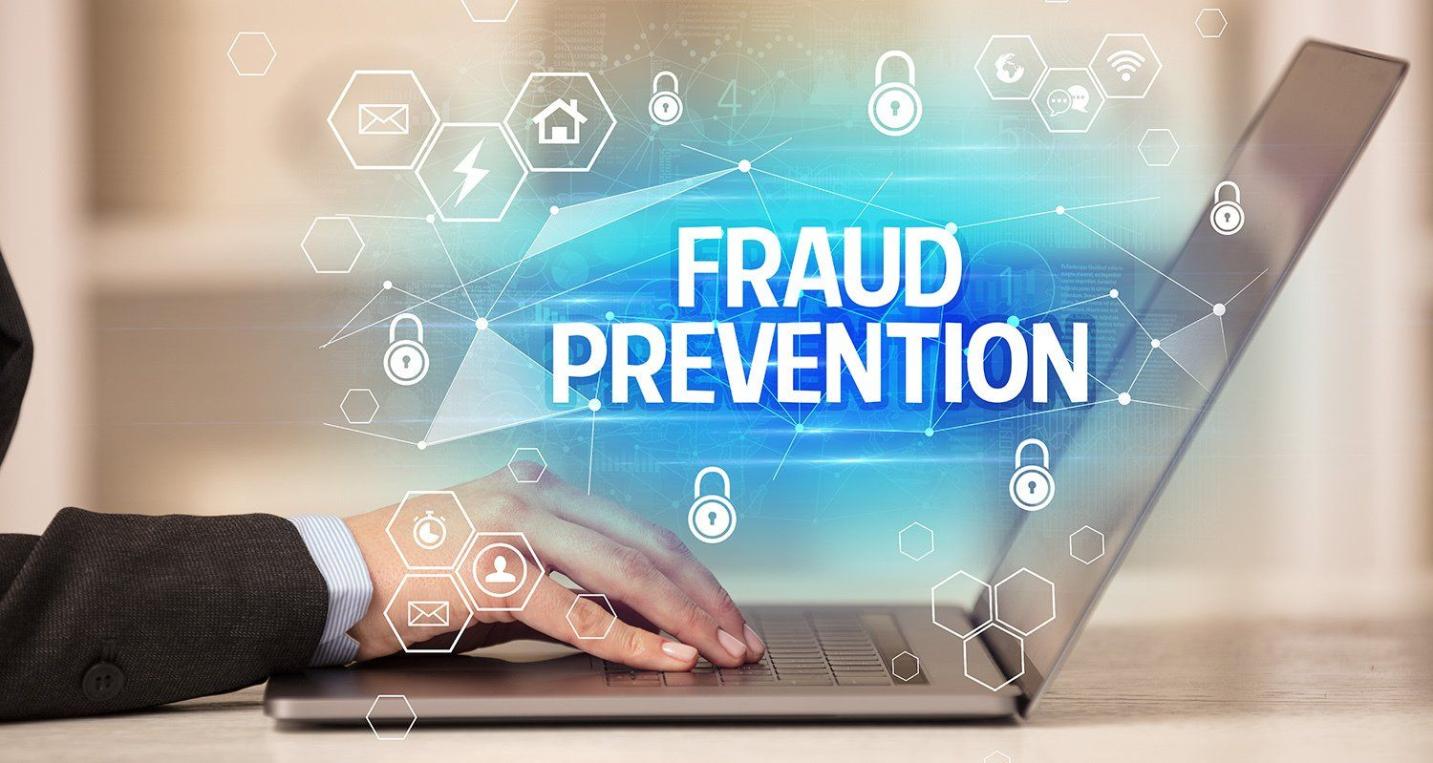How Can Fraud Detection and Prevention Be Implemented Effectively in Different Industries?
In today's interconnected world, fraud has become a pervasive threat across industries. From financial services to healthcare, retail, and government sectors, organizations face the constant challenge of safeguarding their assets and reputation from fraudulent activities. Implementing effective fraud detection and prevention measures is crucial to protect organizations from financial losses, legal liabilities, and reputational damage.

Defining Fraud Detection And Prevention
Fraud detection and prevention encompass a range of strategies and measures aimed at identifying, preventing, and mitigating fraudulent activities. Fraudulent activities can take various forms, including financial fraud, identity theft, cybercrime, and procurement fraud. Effective fraud detection and prevention systems are essential for safeguarding an organization's assets, maintaining compliance with regulations, and preserving its reputation.
Importance Of Fraud Detection And Prevention
- Protects Financial Assets: Fraudulent activities can result in significant financial losses for organizations. Effective fraud detection and prevention measures help protect an organization's financial resources from unauthorized access, misuse, and theft.
- Maintains Compliance: Many industries are subject to regulations that require organizations to implement robust fraud detection and prevention systems. Compliance with these regulations helps organizations avoid legal liabilities and penalties.
- Preserves Reputation: Fraudulent activities can severely damage an organization's reputation, leading to loss of customer trust, diminished brand value, and reduced revenue. Effective fraud detection and prevention measures help protect an organization's reputation and maintain customer confidence.
Challenges Of Implementing Fraud Detection And Prevention Measures
- Complexity of Fraud Schemes: Fraudulent activities are constantly evolving, becoming more sophisticated and complex. This makes it challenging for organizations to stay ahead of fraudsters and implement effective detection and prevention measures.
- Data Overload: Organizations often deal with vast amounts of data, making it difficult to identify suspicious patterns and anomalies that may indicate fraudulent activities.
- Limited Resources: Implementing effective fraud detection and prevention measures can be resource-intensive, requiring investments in technology, personnel, and training.
Key Considerations For Effective Fraud Detection And Prevention
Industry-Specific Factors
Effective fraud detection and prevention strategies should consider the unique fraud risks and vulnerabilities of each industry. For example, financial institutions face different fraud risks compared to healthcare providers or government agencies. Tailoring fraud detection and prevention measures to the specific industry context is essential for achieving optimal effectiveness.
Data Analysis And Monitoring

Data analytics plays a crucial role in identifying suspicious patterns and anomalies that may indicate fraudulent activities. Organizations should utilize data analytics tools and techniques to continuously monitor transactions, activities, and customer behavior for potential fraud indicators.
Risk Assessment And Management
Regular risk assessments help organizations identify and prioritize fraud risks. Based on these assessments, organizations can implement appropriate controls and measures to mitigate these risks. Risk management frameworks should be continuously updated to address evolving fraud threats and vulnerabilities.
Employee Education And Training
Employees play a vital role in preventing fraud. Educating employees about fraud risks and their role in preventing fraud is essential. Organizations should provide training on how to recognize and report suspicious activities, as well as how to protect sensitive information and assets.
Industry-Specific Fraud Detection And Prevention Strategies
Financial Services
- Strong Authentication Mechanisms: Implement multi-factor authentication and biometrics to prevent unauthorized access to accounts and transactions.
- Fraud Detection Algorithms: Utilize fraud detection algorithms to identify suspicious transactions based on historical data and behavioral patterns.
- Customer Account Monitoring: Continuously monitor customer accounts for unusual activity, such as sudden changes in spending patterns or attempts to access accounts from unrecognized devices.
Healthcare
- Data Analytics for Fraud Detection: Utilize data analytics to detect fraudulent claims, overbilling, and other healthcare fraud schemes.
- Electronic Health Records (EHRs): Implement EHRs to improve data integrity and facilitate the detection of fraudulent activities.
- Educating Healthcare Providers: Educate healthcare providers about fraud risks and reporting procedures to encourage proactive involvement in fraud prevention.
Retail And E-commerce
- Fraud Detection Tools: Utilize fraud detection tools to identify suspicious online transactions based on factors such as IP address, shipping address, and purchase history.
- Strong Customer Authentication: Implement strong customer authentication mechanisms, such as two-factor authentication, to prevent unauthorized purchases.
- Customer Account Monitoring: Monitor customer accounts for suspicious activity, such as multiple failed login attempts or changes in shipping addresses.
Government And Public Sector
- Robust Procurement Processes: Implement robust procurement processes to prevent fraud and corruption in government contracts and procurement activities.
- Data Analytics for Fraud Detection: Utilize data analytics to detect fraudulent activities in government programs, such as social welfare programs or tax refunds.
- Educating Government Employees: Educate government employees about fraud risks and reporting procedures to promote a culture of integrity and accountability.
Emerging Trends In Fraud Detection And Prevention
Artificial Intelligence (AI) And Machine Learning (ML)
- AI-Powered Fraud Detection: Utilize AI and ML algorithms to detect fraud patterns and anomalies in real-time. AI-powered fraud detection systems can learn from historical data and adapt to evolving fraud schemes.
- Predictive Analytics: Implement predictive analytics to identify high-risk transactions and customers. Predictive analytics can help organizations prioritize their fraud prevention efforts and focus on the most vulnerable areas.
Blockchain Technology
- Secure Transactions: Utilize blockchain technology to secure and verify transactions, making it more difficult for fraudsters to manipulate or counterfeit transactions.
- Smart Contracts for Fraud Prevention: Implement smart contracts to automate fraud detection and prevention processes. Smart contracts can automatically execute predefined actions based on specific conditions, reducing the risk of human error and fraud.
Biometric Authentication
- Identity Verification: Utilize biometric technologies, such as facial recognition and fingerprint scanning, to verify the identity of customers and employees. Biometric authentication can help prevent unauthorized access to accounts and transactions.
- Reducing Fraud Risk: Biometric authentication can reduce the risk of fraud by eliminating the use of passwords and PINs, which can be easily stolen or compromised.
Fraud detection and prevention is a continuous process that requires ongoing vigilance and adaptation. Organizations must adopt a proactive approach to fraud prevention, continuously monitoring for new and emerging fraud threats, and updating their fraud detection and prevention measures accordingly. By implementing effective fraud detection and prevention strategies, organizations can protect their assets, maintain compliance, and preserve their reputation in an increasingly complex and interconnected world.
YesNo

Leave a Reply